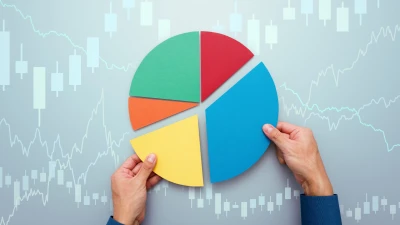Australia leads way in Asian financial markets: Axiss
Australia’s equity, debt, foreign exchanges and derivatives markets have doubled in size over the past five years and reached $100 trillion in turnover in 2005-06, according to the latest Axiss Australia report released by the Federal Government this week.
The report said that Australia’s equity market is now the largest in Asia by free-float capitalisation outside of Japan, and its interest rate listed derivatives market is the most liquid.
As well, the report said the Australian dollar and US dollar represented the world’s fourth most actively traded currency pair, while turnover in Australian non-government bonds, including securitised assets, had tripled over the past four years.
“These developments, combined with 16 years of uninterrupted growth, sound regulation, advanced business infrastructure and a highly skilled workforce have led to many of the world’s leading financial institutions establishing operations in Australia as a regional base,” it said.
The Axiss report was particularly bullish about Australia’s financial services regulatory system, describing it as among the world’s best.
“Australia’s regulatory environment is viewed as a model by many jurisdictions around the world,” it said. “Reforms in recent years have led to a system that is both best practice in approach and pro-business in outlook.”
Recommended for you
The Financial Advice Association Australia has implored advisers to reevaluate their exposure to AML/CTF obligations ahead of new reforms that will expand their compliance requirements significantly.
With UBS Asset Management chief executive, Alison Telfer, set to join Schroders, the firm has appointed a company veteran as her interim successor.
Compared to four years ago when the divide between boutique and large licensees were largely equal, adviser movements have seen this trend shift in light of new licensees commencing.
As ongoing market uncertainty sees advisers look beyond traditional equity exposure, Fidante has found adviser interest in small caps and emerging markets for portfolio returns has almost doubled since April.










